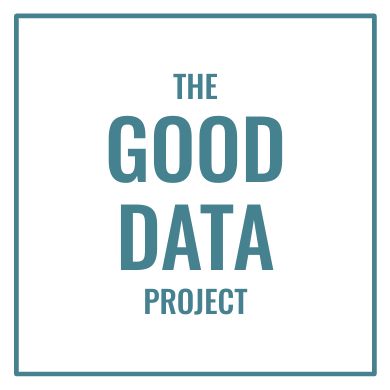If your survey answers don’t match your survey question, you can’t get good data. But there’s an easy trick to make sure your questions and answers work together.
You’d be surprised how often this problem arises. For instance, some of the response options in the LinkedIn poll above make sense. Some executives might say they ‘never’ talk about artificial intelligence in their workplace. Others might report that they talk about AI ‘rarely’ or ‘sometimes.’
But ‘always’? Is there any workplace on earth that always talks about artificial intelligence? In every single conversation? Even at an AI startup, office chatter must sometimes turn to weather or expense reports or rinsing your coffee mug before you put it in the dishwasher. ‘Always’ simply isn’t a reasonable answer to this question.
How can you avoid this problem? Just formulate your question and your answer options into sentences, and see if you can imagine people saying them. “In my workplace, we never talk about AI” makes sense. But “In my workplace, we always talk about AI” is a stretch.
When you find a response that doesn’t work, like ‘always,’ consider other options that make sense. This poll would’ve been much better if it replaced ‘always’ with ‘often.’
Seen any truly awful survey questions or social polls lately? Let me know in the comments below, or on LinkedIn or Twitter.
Want good data delivered to your inbox? Subscribe here.

